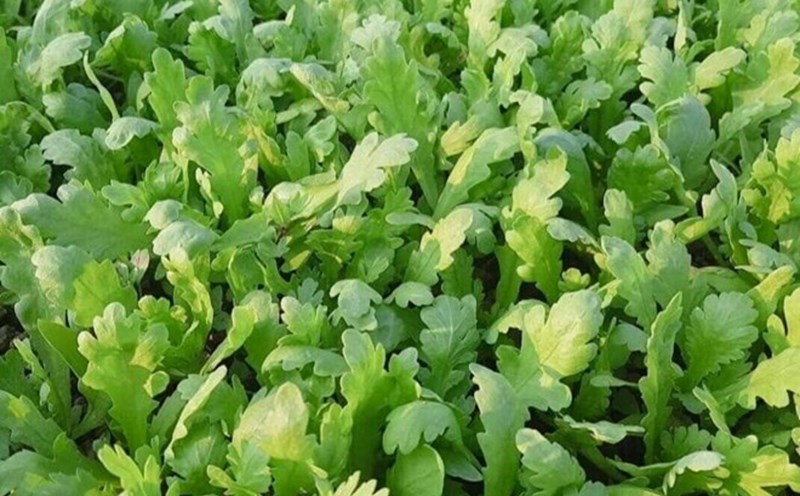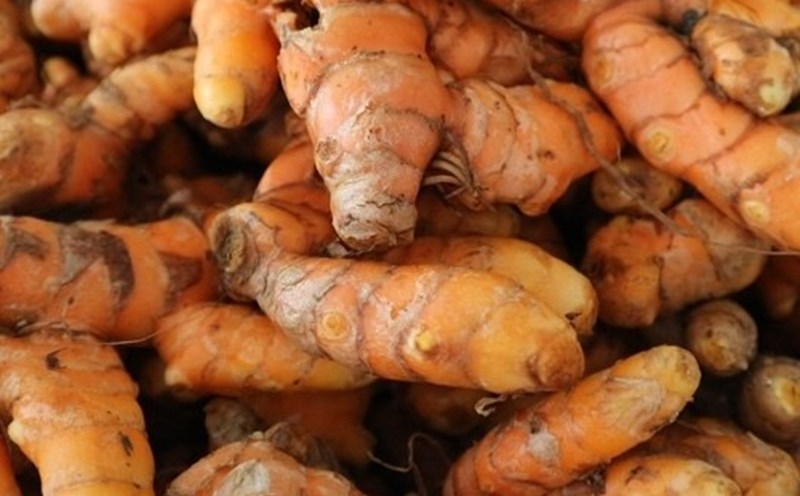Diet plays an important role in supporting inflammation reduction and strengthening the immune system. Here is an analysis of 5 types of vegetables that are beneficial for people with sinusitis.
Red bell
Red bell peppers are a rich source of vitamin C, a powerful antioxidant that helps boost the immune system and reduce inflammation.
According to the Cleveland Clinic, a cup of red bell peppers contains about 190 mg of vitamin C, far exceeding the body's daily needs. Vitamin C can help reduce inflammation in the tubes and support the recovery process. Reversal
lock fruit can be eaten raw in salads to maintain its vitamin C content.
Swallow lightly or baked at low temperatures, avoid boiling for too long because vitamin C is easily dissolved when exposed to heat.
Can be served with eggs or chicken in stir-fried and fried dishes.
Dark green leafy vegetables (bunch, kale)
Dark green leafy vegetables such as spinach and kale are rich in vitamins A, C and K, along with other antioxidants. These nutrients support the immune system and may help reduce inflammation associated with sinusitis.
According to research published in Advances in Nutrition, compounds such as carotenoids and flavonoids in green vegetables have anti-inflammatory and antioxidant effects, helping the body function better and can fight infections. Reversal
Boil lightly or steam to retain vitamins and minerals.
Stir-fry with garlic or cook the garlic soup, avoid cooking it too much to cook, which will lose nutrients.
Broccoli
Broccoli is a vegetable in the mustard family, rich in vitamin C and other antioxidants. According to the Cleveland Clinic, a cup of broccoli provides about 80 mg of vitamin C.
Vitamin C helps support the immune system and can reduce inflammation in the tubes. Reversal
Hold for 35 minutes to retain vitamin C and antioxidants.
Can be stir-fried quickly with olive oil, garlic or ginger - ingredients that are also good for the respiratory system.
Use in soups, salads or mix with nuts to increase nutritional value.
Onions
Onions contain quercetin, a flavonoid with powerful anti-inflammatory and antioxidant properties. According to verywell Health, quercetin in onions can help reduce inflammation and support overall health. Reversal
Eating raw (in salads) helps retain the highest quercetin content, but the smell can be a bit strong.
Bake, stir-fry or lightly stew - do not cook for too long.
Garlic
Garlic is known for its antibacterial and anti-inflammatory properties. According to research from the Ear and Sinus Institute, garlic can help reduce inflammation and pain in the tubes, helping to clear the respiratory tract.
Eating 12 shrimp/day raw is best to get allicin a powerful antibacterial active ingredient.
If you have difficulty eating raw food, you can crush it and leave it for 510 minutes before cooking (to help form allicin).
Use garlic to deodorize, stir-fry vegetables, cook soup or soak with honey to gradually use (good for both the throat and throat).











